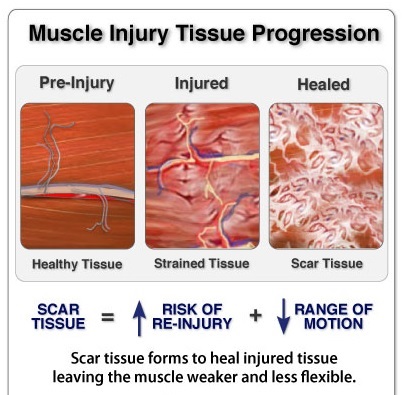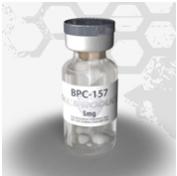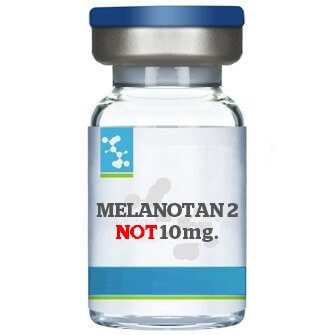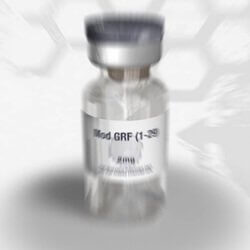Using Peptides for Injury Repair and Healing
Using Peptides for Injury Repair and Healing
by , 13th May 2016 at 08:56 AM (34200 Views)
In another article on BPC 157 I mentioned that you should look out for effects after using the peptide. Well, that got me thinking about a whole bunch of things. So, if you’d like to know which peptides are best for what injuries and what your healing time will be and when you can start working out to your full potential again read on. I have racked our archives and will present you with an easy list that you can use to do more research under the peptide profiles.
A little disclaimer before we start though:
Please don’t use this as sound medical advice for your “sore shoulder”. Get your injury checked out by a professional before you decide if you even want to use peptides. It may be more or less serious than you think. Secondly, if you feel you would like to give any of the peptides I mention a bash PLEASE be smart about it and do a bit of research. This is only an informative article, not a full medical summary (you can find a version of that under the links). Most of all though, seek medical advice from a professional (like a physio, an osteopath or a biokeneticist that specialises in sports injuries) before you end up doing more harm than good. Our bodies are complex machines and if you, for instance, inject a peptide with pain relieving and anti-inflammatory qualities, but that doesn’t actually aid in reconnecting your torn muscle (that you think is just a slight strain or spasm) you could end up tearing your muscle even more, because you will feel ok enough to pick up that heavy weight…
First up we have HGH (Human Growth Hormone), which helps speed up recovery times. It is mostly used for muscle injuries, but has been known to help with tendon related injuries. It’s a hot favourite for shoulder injuries. There is however a bit of a cancer scare with this one, so you might want to avoid it.
Next up is Tb-500. This is usually used in conjunction with HGH, other peptides or alone and usually for hurt shoulders and knees to reduce inflammation in fresh injuries. When used in conjunction with Ipamorelin it aids in healing tendons. It has been advised to use Tb-500 for tennis elbow and other tendon injuries, although the professionals still insist on resting the injury for 3 months. Yes, it sucks, but you only get one body! I would also suggest using Tb-500 in conjunction with either HGH (or a GHR like Ipamorelin, which is a cheaper option) for muscle injuries, or BPC 157 for tendon injuries.
Then there is the giant in healing peptides, the one that everyone is asking about, BPC 157. This has been called a miracle cure as it just does SO MUCH! And with little to no side effects. If you have a torn tendon do yourself a favour and get some of this stuff. Just remember that even though you feel awesome your body is still in recovery (remember that 3 month tendon healing time I just mentioned), so don’t overdo it! This peptide has the ability to regrow Achilles tendons in mice, but bear in mind the mice weren’t squatting with weights at the time.
Next up are the little helpers of the three main healing peptides. Ipamorelin is generally used as a GHRP (Growth Hormone Releasing Peptide) when dosing with HGH or Tb-500. All GHRP will also increase your muscle growth (HGH will do this too), and healing is more of a positive side effect than what the peptide is actually used for, which is building muscle.
The point that cannot be stressed enough though is that, even though the peptides make you feel fine and they do help to heal your injury, they are NOT some miracle cure that means once the pain is gone the injury is miraculously healed. That is never the case. However, they will speed up recovery and will ensure that the injury actually heals properly I given the right care.



 Rate this Article
Rate this Article
 Email Blog Entry
Email Blog Entry








